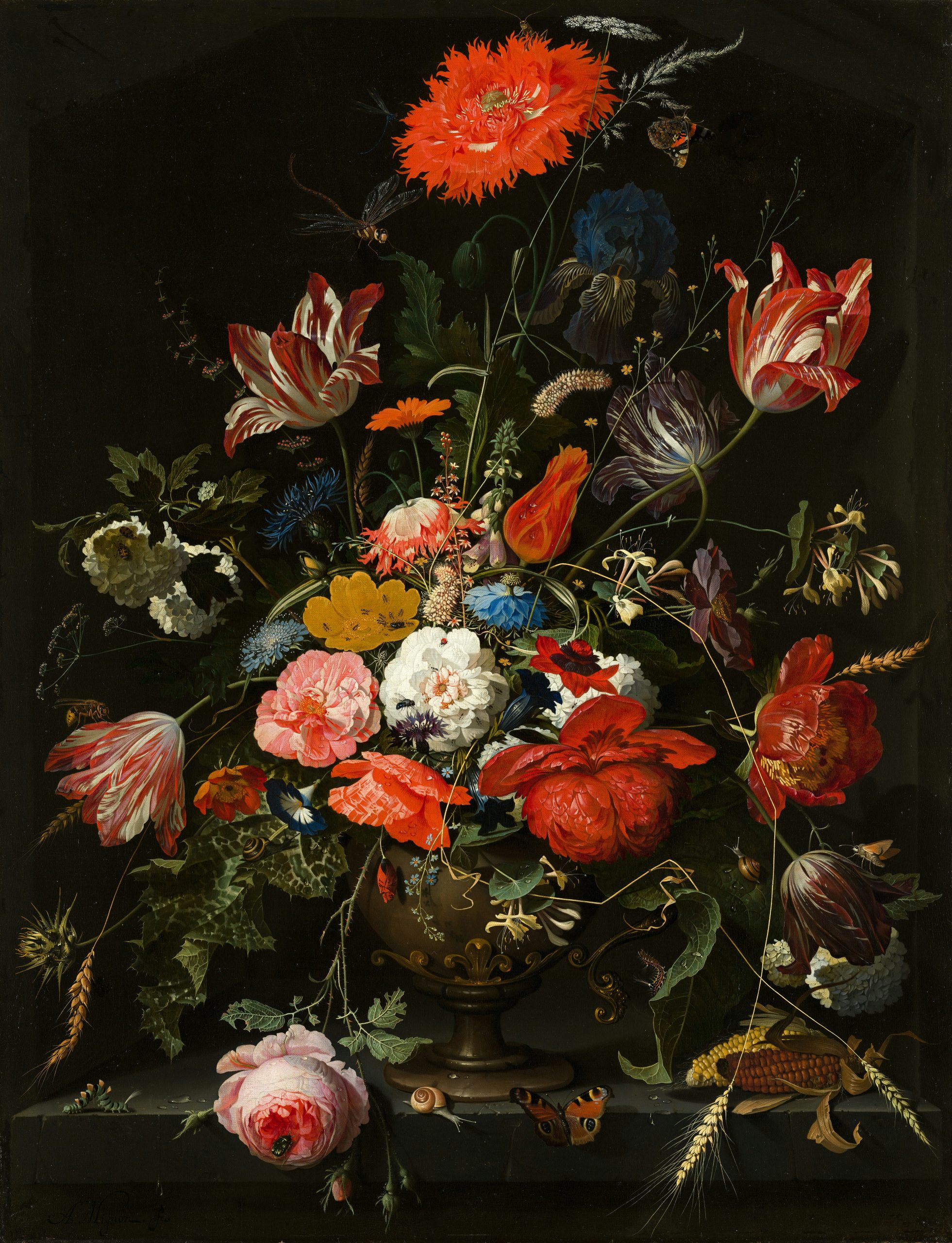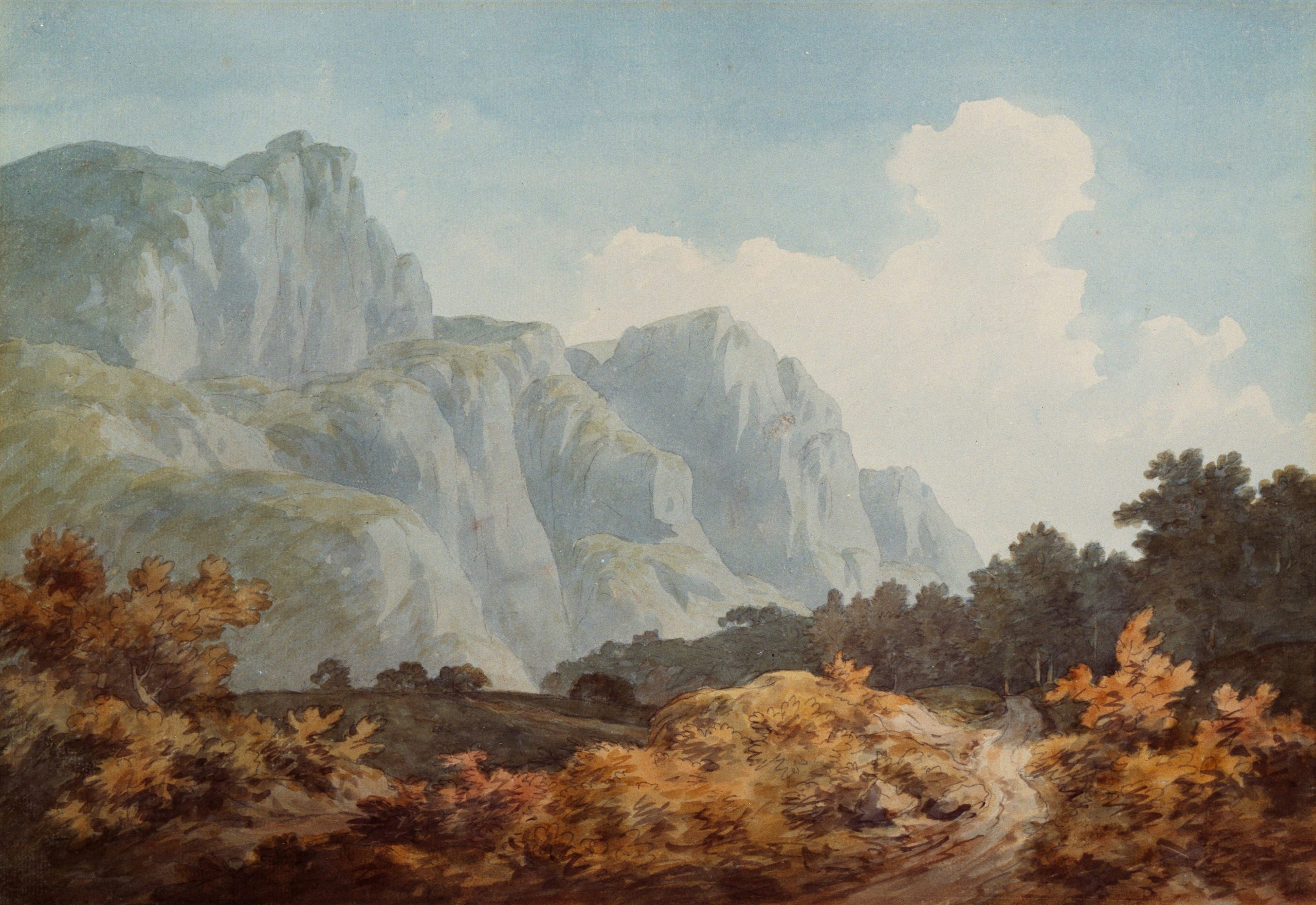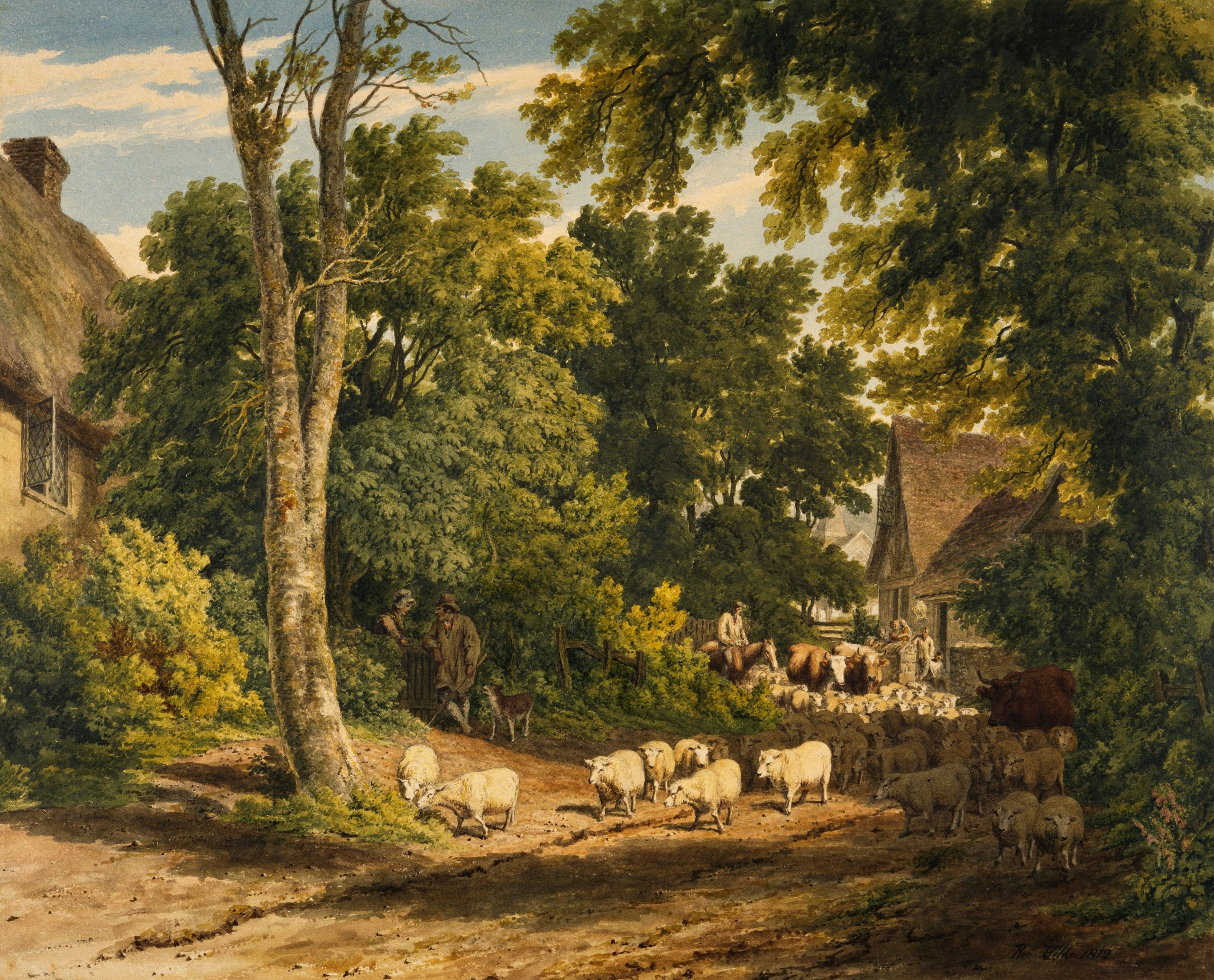Art involves various cultural activities where people create works using imagination or creativity. These works aim to provide a meaningful experience, often by expressing emotions, ideas, skill, or beauty.
No universally agreed-upon definition of art exists, and its meaning has changed over time and varies across cultures. In Western tradition, the three main visual arts are painting, sculpture, and architecture. A broader definition of "the arts" also includes theatre, dance, literature, music, film, and interactive media. Until the 17th century, people used the term "art" to refer to any skill or mastery, without distinguishing it from crafts or sciences. After the 17th century, as aesthetics gained importance, people began to separate fine arts from other skilled activities, like decorative or applied arts.
Overview
The nature of art, along with related concepts like creativity and interpretation, is explored in the branch of philosophy known as aesthetics. The resulting artworks are studied in fields such as art criticism and art history.
In the perspective of the history of art,[11] artistic works have existed for almost as long as humankind: from early prehistoric art to contemporary art; however, some theorists think that the typical concept of "artistic works" does not fit well outside modern Western societies.[12] One early sense of the definition of art is closely related to the older Latin meaning, which roughly translates to "skill" or "craft", as associated with words such as "artisan". English words derived from this meaning include artifact, artificial, artifice, medical arts, and military arts. However, there are many other colloquial uses of the word, all with some relation to its etymology.
Develovement
Over time, philosophers like Plato, Aristotle, Socrates, and Immanuel Kant, among others, have questioned the meaning of art. In several of Plato's dialogues, Socrates suggests that poetry is inspired by the muses and not driven by reason. In the Phaedrus (265a–c), he speaks positively of poetry and other forms of divine madness, such as drunkenness, eroticism, and dreaming. However, in the Republic, he calls for the banning of Homer's great poetic works, as well as laughter. In contrast, in the dialogue Ion, Socrates doesn't show the same disapproval of Homer that he expresses in the Republic. Ion suggests that Homer's Iliad functioned in ancient Greek society much like the Bible does in the modern Christian world: as divinely inspired literature that can offer moral guidance, provided it is properly interpreted.
Aristotle viewed epic poetry, tragedy, comedy, Dithyrambic poetry, and music as mimetic or imitative arts. Each form varies in imitation by medium, object, and manner. Music imitates through rhythm and harmony, while dance uses rhythm alone, and poetry uses language. The forms differ in their object of imitation. Comedy imitates men worse than average; tragedy imitates men slightly better. The forms differ in their manner of imitation—through narrative, character, change, or drama. Aristotle believed imitation is natural to humans and distinguishes them from animals.
Credit: Wikipedia



0 Comments